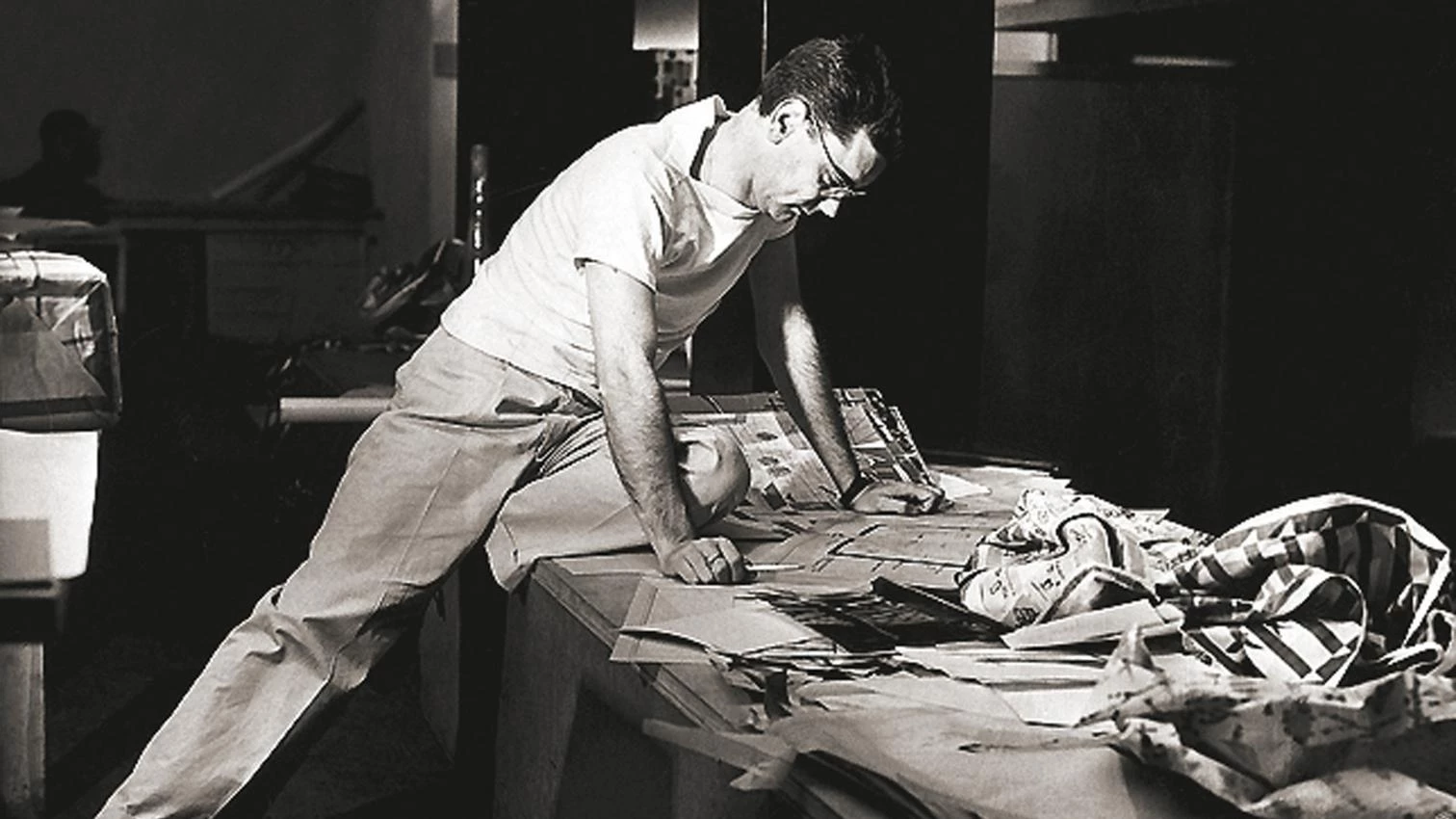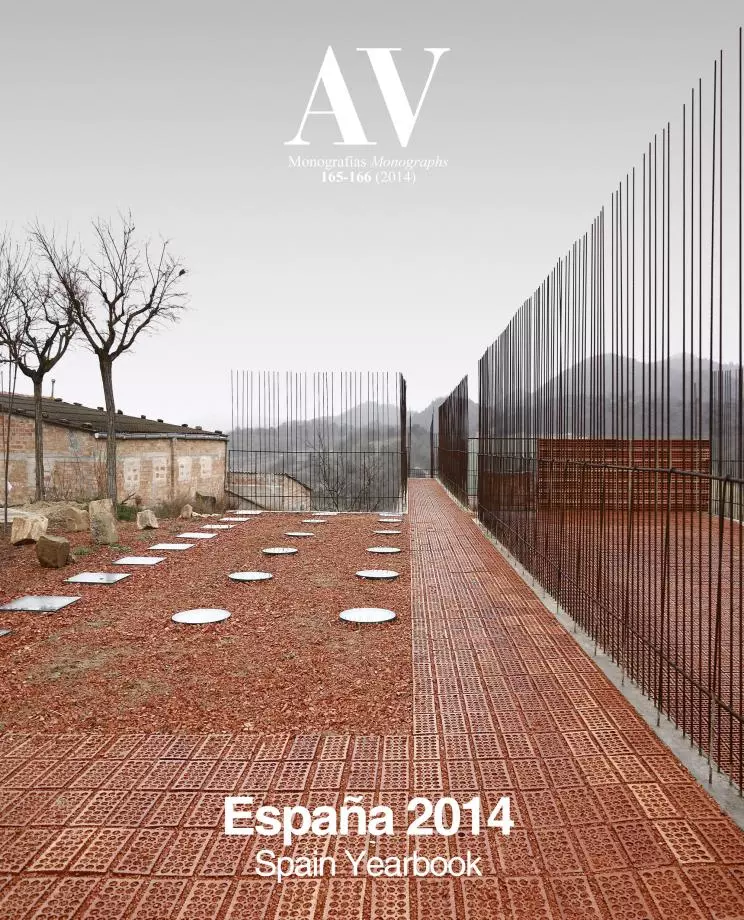
1926 - 2013
Javier Carvajal Ferrer was born in Barcelona on the same year, 1926, that Antoni Gaudí died. Carvajal studied architecture during the dull early years of Franco’s rule, and already then forged his firm commitment to modernity, as expressed in his first major work: the Higher School of Mercantile Studies in Barcelona (1955). Gifted with a unique talent for form, Carvajal later built the pavilion for the New York World’s Fair (1964), where he developed his characteristic language – based on spatial continuity, Mediterranean references, and a Brutalist use of materials –, and for which he earned international recognition, unprecedented in the Spain of those times. Carvajal’s professional heyday, the 1960s and 1970s – during which he completed magnificent houses, excellent office buildings and polemic works like the Tower of Valencia – coincided with a dedication to teaching in Madrid, Barcelona and Las Palmas. His support of the regime resulted in his being ostracized in the democracy that followed, though he continued to build works of note, like the hotel for Expo’92 or the library for the University of Navarre, to which he was linked to in the final years of his career.





